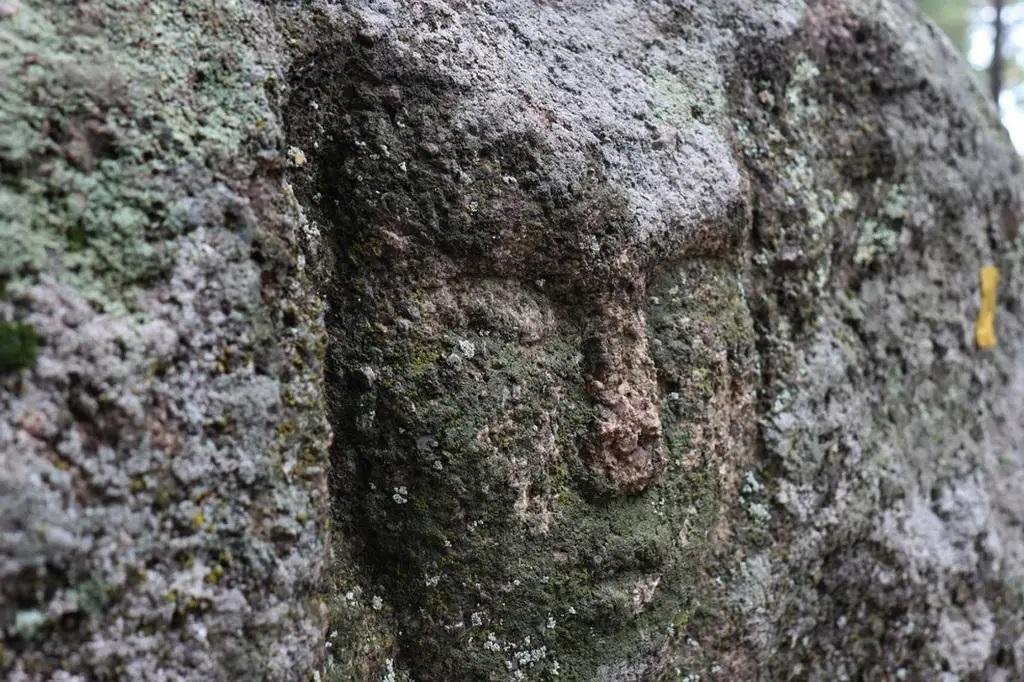A stone carving depicting a human face was found by employees of the Regional Emergency Situations Department during a routine inspection as part of the preventive Orman campaign in the Sandyktau district in Kazakhstan.
 The mysterious human face carving found in Kazakhstan. Credit: Margulan Insтιтute of Archaeology
The mysterious human face carving found in Kazakhstan. Credit: Margulan Insтιтute of Archaeology
This artifact, carved onto the face of a granite boulder, measures 27 by 21 cm and is oriented west-southwest. Alongside the carving, a poorly preserved image of a deer and a nearby rock ceiling suggest the presence of a ritual complex.
Sergey Yarygin, a leading scientist at the Alkey Margulan Insтιтute of Archaeology, explained that the carving likely dates back to the Bronze Age. “The face is clearly visible, with large eyes, a long straight nose, and protruding lips,” Yarygin described. He noted that similar carvings have been found in Bronze Age sites across Central Asia and Eastern Europe.
However, the exact period of the artifact remains uncertain, as analogous images have also been discovered in early Iron Age southern Siberia and medieval Turkic cultures. This range of possibilities makes the precise dating of the carving open to further research and debate.
The stone carving was discovered by Nursultan Ashkenov and Akhmet Zaripov, employees of the Sandyktau district fire service. The Emergency Situations Department has since taken the artifact under its protection.
Aset Zhangozhin, head of the Emergency Situations Department of Sandyktau district, said: “It is a source of great satisfaction to make such an important discovery while engaged in our primary responsibilities. Furthermore, I believe that this achievement will have a positive impact not only on our district but also on the entire country.”
Kazakhstan’s rich archaeological landscape has yielded numerous significant finds in recent years. In addition to the Akmola Region discovery, the Pavlodar Region has seen important archaeological work at the Koktas complex.
Yarygin emphasized the broader implications of these discoveries for understanding ancient civilizations in Central Asia. “Kazakh archaeology not only enriches the scientific world with its remarkable discoveries but also reveals the main stages of the ancient and medieval development of Kazakhstan society,” he stated.





